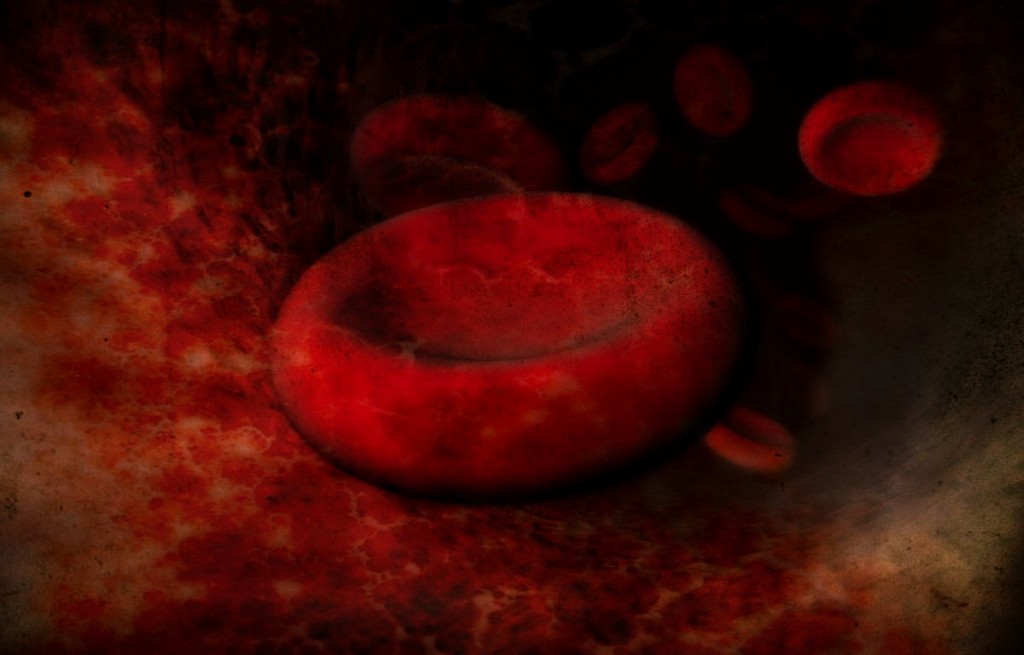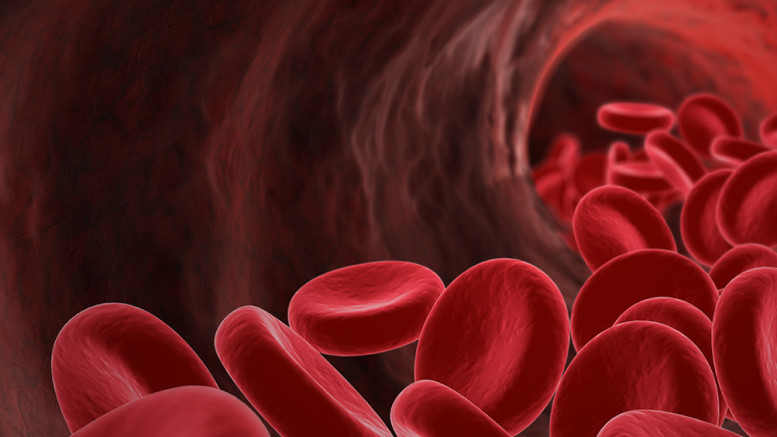When it comes to health, ignorance is a curse, not bliss. Unhealthy eating habits and lifestyles have given rise to many physical health issues among people.
Undetected underlying medical conditions can lead to life-threatening problems in people. peripheral arterial disease (PAD) is one such disease. You shouldn’t ignore the early symptoms of PAD to fight this ailment.
Who Can Get Affected by PAD?
Improper pumping of the blood vessels can cause PAD. It mainly affects the functioning of the lower parts of the body. Blocked arteries and veins cause irregular blood circulation, increasing the chance of cardiovascular diseases like PAD.
Although PAD can affect people of all ages, some factors can trigger the medical condition faster.
- According to recent reports, the medical cost of people with obesity around the US is $1,429 more than people with a healthy weight. Overweight people with high-level of cholesterol have a greater risk of getting PAD.
- Senior citizens are less active and confined to their homes. Reduced physical activities and exercises can lead to PAD in older people.
- Smokers and alcoholics stand a higher chance of contracting this kind of cardiovascular disease.
- People who have type 2 diabetes have an abnormal level of glucose in their blood. High levels of sugar will increase fat deposits in the blood vessels. Hence, diabetes can be a major risk factor for PAD.
- People diagnosed with high blood pressure and cholesterol should be more careful. This category of people can easily get the PAD disease.
PAD Signs and Symptoms
You should not ignore the signs and symptoms of PAD at any cost. Early stages of detection can help in curbing the disease while it is still at a minor level.
Some common symptoms of PAD include:
Questionable Pain in the Legs
Physical activities like walking, climbing the stairs, and running, can cause pain in your legs and calf muscles. If you feel any mild or severe pain in the legs after any of these activities, it could be a sign of PAD.
Frequent numbness in the legs and thighs can be one of the symptoms of PAD. Delay in the diagnosis and treatment can alleviate the pain to extreme levels.

Soreness in the Lower Part of your Body
PAD often causes soreness in your toes, feet, or legs that do not heal easily. Small injuries and abrasions also do not heal sooner when you have PAD. A neglected wound can cause infection in the limbs. Sometimes, these incurable infections may lead to amputation of the leg in some patients. The condition is called critical limb ischemia.
If you experience dry and painful soreness in any part of your legs, you should immediately get yourself examined by a doctor.
Change in the Appearance of Legs
Noticeable changes in the legs can be skin discoloration, abnormally shiny skin, wrinkles and early signs of aging, or slow and redundant nail growth. A sudden decrease in the temperature of the lower body could also be a sign of PAD.
Restricted or reduced blood flow due to blocked arteries and veins can cause these changes. It is important to detect and treat PAD early to reduce the chances of heart failure and stroke.
Side-effects of Cold and Allergy Medication
If you have PAD, your body will show side effects for general over-the-counter allergy medications. Cold and allergy tablets contain pseudoephedrine which can restrict blood supply to your neck, nose, and throat.
Taking allergic tablets can worsen the symptoms of PAD. It can further narrow down the blood vessels and result in life-threatening conditions.
Early Detection and Diagnosis is Important
You should consider consulting a doctor if you experience any of the above symptoms of PAD. A detailed medical examination of the leg is the best way to diagnose PAD in patients.
Doctors implement the Ankle-brachial Index (ABI) process to test the blood pressure from the lower legs up to the arms. It can help in the detection of a medical condition.
Other advanced diagnosis methods include duplex ultrasonography to test sound waves and angiography.
Angiography is used commonly for heart patients with pacemakers and stent implants. It is a kind of X-ray that can show blockages in the arteries.
Final Note
PAD increases the risk of adverse medical conditions like loss of a leg, heart attack, stroke, and other kinds of coronary artery diseases. Identifying the medical issue with these signs and symptoms can save lives.
Consulting a specialist and taking proper medication can curb further progression. It is a quick way to reduce the pain and discomfort caused by the disease.
Maintaining a healthy and balanced lifestyle is the best way to keep your body safe and sound.
